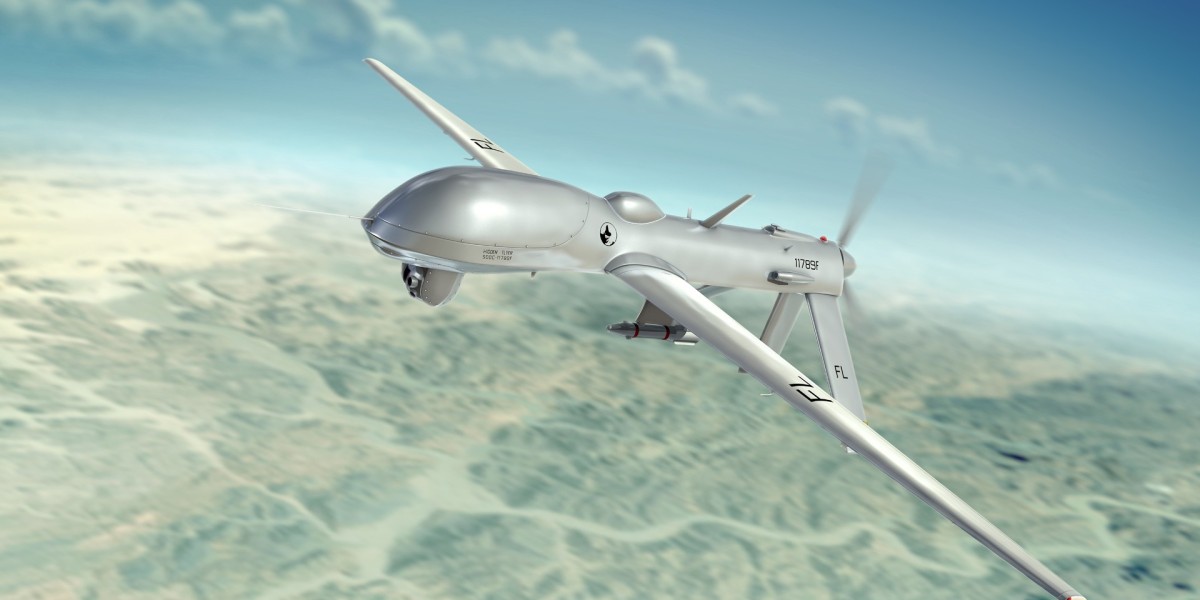Unmanned Aerial Vehicle drones, commonly referred to as UAV drones, have become integral components of modern aviation, shaping the future of aerial technology and transforming industries worldwide. From their origins in military reconnaissance to their widespread applications in commercial sectors, UAV drones are navigating the skies with unprecedented versatility and innovation. Let's explore the key points that highlight the role of UAV drones in modern aviation and their implications for the future.
- Evolution of UAV Technology:
UAV drone technology has evolved rapidly over the years, driven by advancements in aerospace engineering, electronics, and computer science. Today's UAV drones are equipped with sophisticated navigation systems, high-resolution cameras, and advanced sensors, allowing for autonomous flight, precise control, and real-time data collection.
- Applications Across Industries:
Unmanned Aerial Vehicle Drones have diverse applications across a wide range of industries, including agriculture, construction, infrastructure inspection, filmmaking, environmental monitoring, and disaster response. Their ability to access hard-to-reach areas, collect aerial data, and perform tasks autonomously has revolutionized numerous sectors, increasing efficiency, reducing costs, and improving safety.
- Precision Agriculture and Environmental Monitoring:
In agriculture, UAV drones are used for precision farming practices, such as crop monitoring, irrigation management, and soil analysis. Similarly, in environmental monitoring and conservation, UAV drones play a crucial role in collecting data on ecosystems, wildlife populations, and natural resources, aiding in research, conservation efforts, and environmental management.
- Commercial and Industrial Applications:
UAV drones are increasingly utilized in commercial and industrial sectors for tasks such as aerial photography, surveying, mapping, and inspection. In construction, UAV drones provide aerial views of job sites, monitor progress, and enhance safety protocols. In infrastructure inspection, UAV drones assess bridges, buildings, and utilities, detecting defects and assessing structural integrity.
- Challenges and Regulatory Considerations:
Despite their benefits, UAV drones also pose challenges related to safety, security, privacy, and regulatory compliance. Concerns about airspace congestion, collision avoidance, and unauthorized drone flights have prompted governments and aviation authorities to implement regulations and guidelines to ensure safe and responsible drone operations.
- Future Trends and Opportunities:
Looking ahead, the future of UAV drones in aviation holds immense potential for innovation and growth. Emerging technologies such as artificial intelligence, 5G connectivity, and advanced sensors will further enhance the capabilities of UAV drones, opening up new opportunities in fields such as autonomous delivery, urban air mobility, and aerial logistics.
- Collaboration and Integration:
To unlock the full potential of UAV drones in modern aviation, collaboration and integration between stakeholders are essential. Governments, industry leaders, researchers, and communities must work together to address technical, regulatory, and societal challenges, ensuring that UAV drones are safely and responsibly integrated into airspace systems.UAV drones are poised to play a significant role in shaping the future of modern aviation, offering innovative solutions to complex challenges across industries and sectors. With their versatility, efficiency, and transformative capabilities, UAV drones are navigating the skies towards a future where aerial technology enhances our lives, drives economic growth, and protects the environment. As we continue to navigate the future of UAV drones in modern aviation, collaboration, innovation, and responsible stewardship will be key to unlocking their full potential.
Get more insights on this topic: Lawn & Garden Equipment



